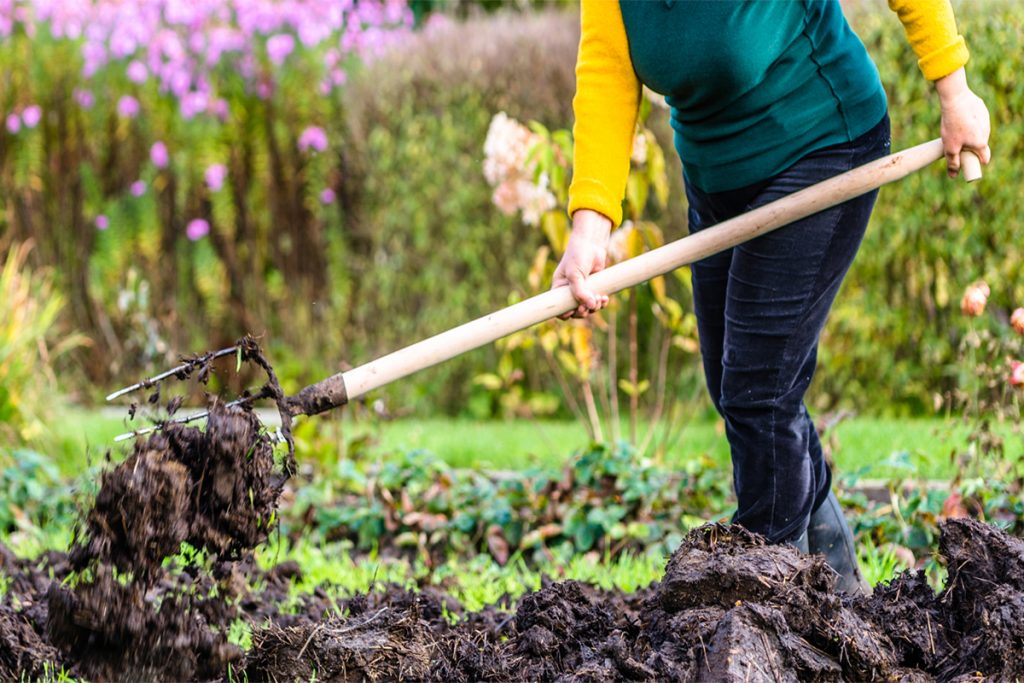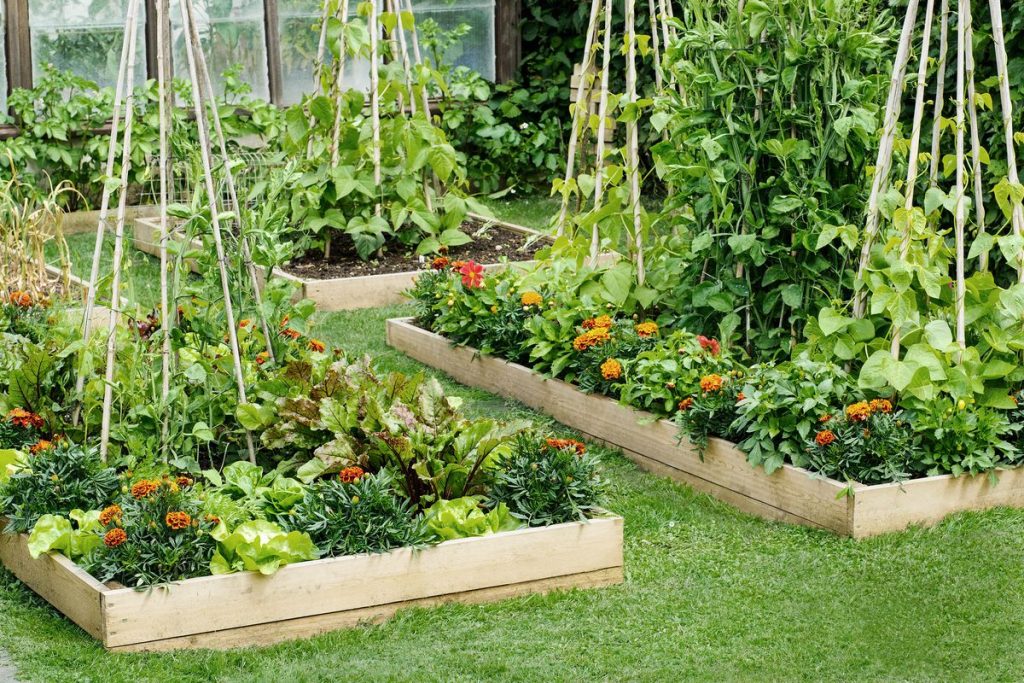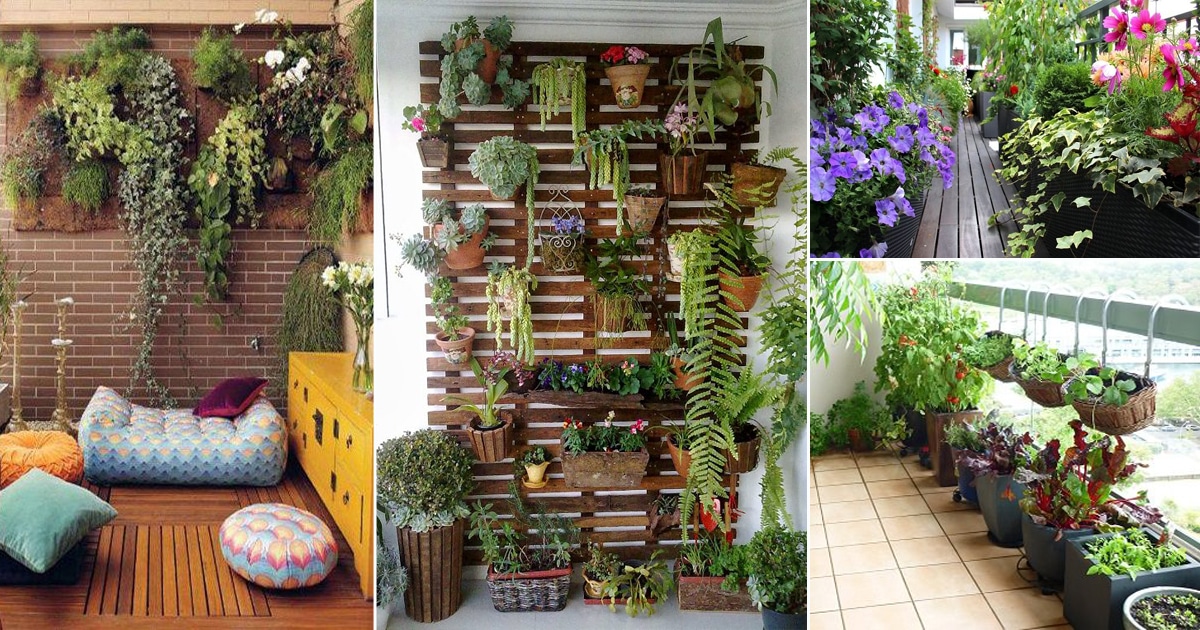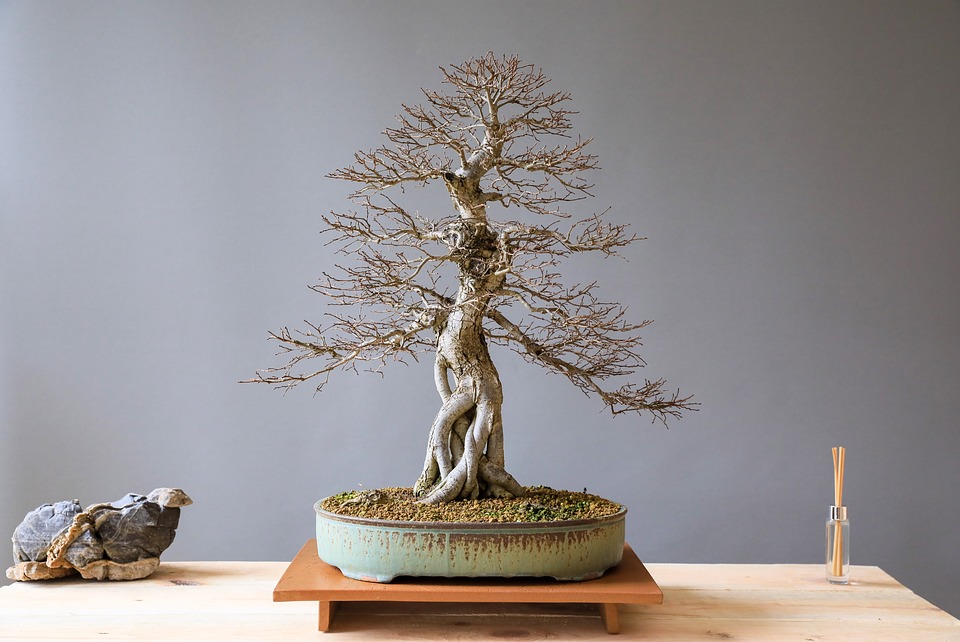On the Internet, there are a lot of articles and websites related to composting and organic composting. Some people try to find the difference and adopt it in their lifestyle, and some prefer staying as traditional as they can be. But no matter what they always opt for composting which is a good thing in the end. Well, a little-known secret about organic garden compost is that it is really not that hard as told by ‘the people on the internet’. You can use these 4 steps to easily make great organic compost.

Secret 1 – The Container
To create organic compost, you do not have to have a container, but it does make it much easier.
A good size compost pile should be between 4 – 6 feet. To put this into perspective you could use 4 shipping pallets nailed together. You can also buy compost bins at your garden store or get plans that show you how to build one. You should have a cover to keep the rain off and the heat
in. You will need ventilation as air needs to reach the contents.
Secret 2 – The Contents
You can put just about anything that comes from organic matter into your compost pile. The thing you need to watch out for is the smell.
If your pile is away from the house and you will not smell it then you can put horse manure, cat and dog droppings and leftovers from the dinner table. But be cautious as this will also draw rats.
The ideal compost is a mixture of grass and sticks. Grass piled by itself will smell quite a bit but mixed with sticks will allow ventilation and not have that smell. If at all possible, shred the sticks and larger wood as it takes much less time for the compost to decay with smaller pieces.
Egg shells and other kitchen scraps will leave your compost looking a bit funny (little white shells all throughout) so another option for creating excellent organic matter from those is a wormery. I will talk about worm farming in another article.
Secret 3 – Starting and Maintaining your Compost Pile
Winter has now passed, and you are coming into spring when the sun is shining, and everybody wants to start working in their yard. You pull weeds, trim the bushes and now you have to mow the yard twice as much. All this leads to the beginning of this year’s compost pile.
Start your compost pile by putting sticks in the bottom so that you have ventilation. next you can put in your grass clippings and weeds. If you have a large lawn you may want to throw a little bit of woody material in between the loads of grass clippings.
From the kitchen you can add potato peels and other vegetable leftovers but be sure that they are not too wet. Too much water in the pile will slow the process.
What will happen now is your compost pile will get hot as the contents begins to decay. It will then cool. At that point you will want to turn the contents. Having a second bin or a compost barrel that turns makes this much easier.
Otherwise, you will need to pull the contents out of your bin and mix it thoroughly. If it is totally dry use a watering can and sprinkle a little water in as you are mixing the contents.
Your compost pile should stay warm. What I mean is that the decaying process causes heat. Periodically take a stake or cane and run it down into the pile and let it sit for five
minutes. When you pull it out it should be warm? If it is cold you will want to turn your pile again and sprinkle with more water.
Organisms are decaying the matter. You can accelerate this by purchasing compost accelerators at your local garden shop. All these accelerators contain more organisms to help quickly decay the compost.

Secret 4 – How it Works
The whole compost process is done with bacteria. Organisms that decay the pile. There are basically two kinds of bacteria that you could have in your compost pile aerobic and anaerobic. Aerobic bacteria like the warmth and air they are a dryer bacterium. They like it moist but not wet.
Anaerobic are the bacteria like you would find at the bottom of a pond. They like it wet and dark.
I am sure you have already figured out that we want the aerobic bacteria in our compost and not the anaerobic. This is the reason we do not want our compost to get too wet. You do want it moist but not wet.
These bacteria will eat away at your compost pile which is why it is hot, and you may even see steam coming from the pile and this is good. But after all the yummy food is gone the bacteria will take a nap. This is when you need to turn the pile. And if the pile has become too dry sprinkle some water to make it moist. If you cannot get the heat, then you will need to use accelerator.
But if you have ever raked grass clippings that are moist from the morning dew into a pile and let it set it gets really hot. So, if you use grass clippings in your mix you know you will get a good start.
This is basically how it works. And depending on your garden and lawn size you may do several composts piles a year or only one.
If you apply these 4 secrets, then organic garden compost will be a breeze and you will end up loving it more than before.



